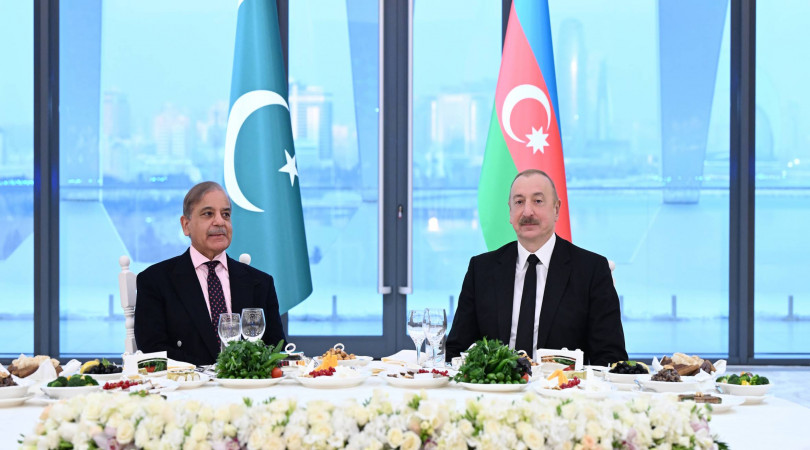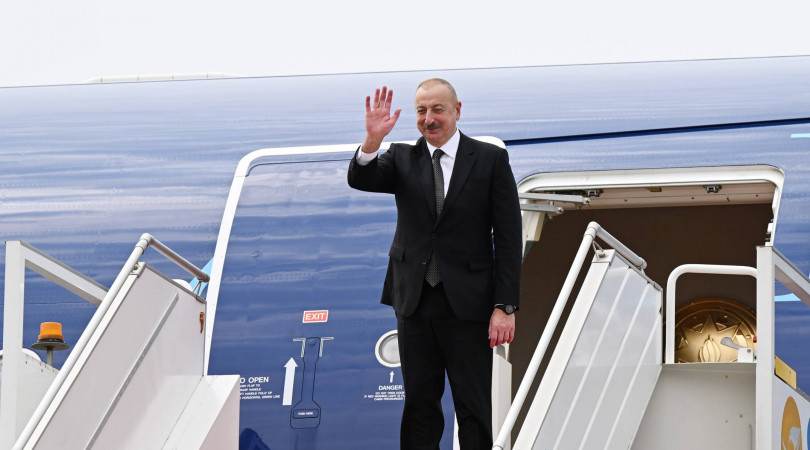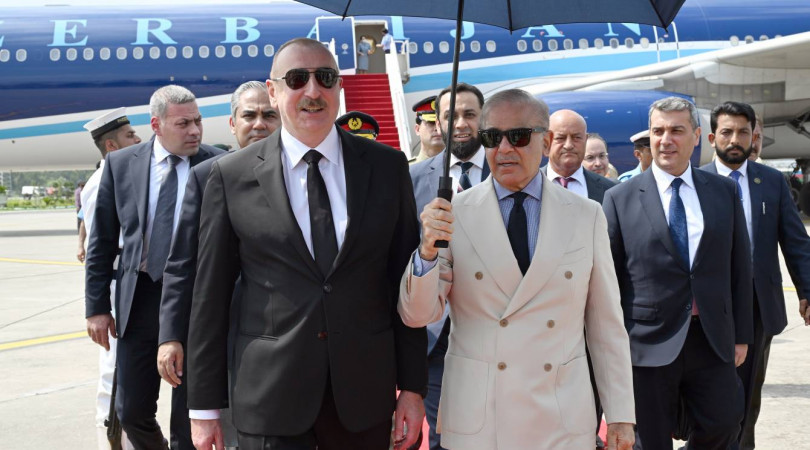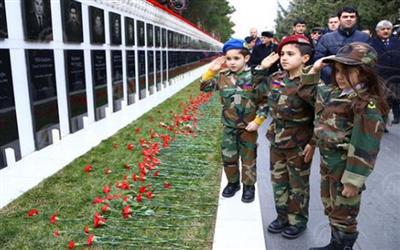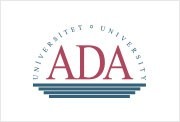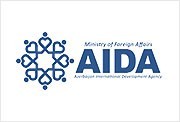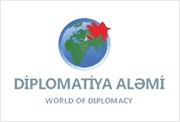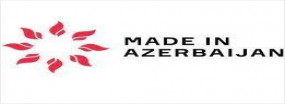BLACK JANUARY OF AZERBAIJAN
During the fall of the USSR, at the end of the last century, the Armenian nationalists raised territorial claims against Azerbaijan demanding Nagorno-Karabakh, which was an autonomous territory within Azerbaijan with the majority of Armenians. Clashes began in Nagorno-Karabakh and moreover, beginning from 1988, more than 200 thousand of Azerbaijanis were expelled from their homelands in Armenia. The then leader of the Soviet Union Mikhail Gorbachev backed Armenian separatists instead of calming down the tension. In respond, thousands of protesters moved to the central squares of Azerbaijan’s capital Baku and other cities demanding to put an end to the communist rule and to restore the independence and sovereignty of Azerbaijan. That, of course, was unacceptable for the Soviet leadership and urged them to act..
In the late evening of 19 January, 1990, twenty six thousand of Soviet troops, including the Special Forces, entered Baku from different directions and stormed demonstrators firing the crowds. Baku garrison and internal troops joined them, coming out of their barracks, and started shooting and smashing by tank tracks unarmed people. As a result of this unprecedented illegal action, 134 men were killed, about 700 men wounded, 841 men were arrested and five were declared missing. There were children, elderly, and women, representatives of different ethnic and religious groups (Russians, Jews, and Tartars) amongst the killed civilians. The soldiers also gutted 200 houses, state and private property. Military operation was a rough violence of constitutions of the USSR and Azerbaijan Soviet Socialist Republic, as well as, the International Covenant on Civil and Political Rights (ICCPR).
It was obvious that this military operation was a planned and calculated act. The troops, first of all, blew up the power block of Azerbaijan State Television and thus stopped the broadcasting in the country in order to deprive population from getting information. Soviet Defense and Interior Ministers, and military officials came to Baku from Moscow a few days before for realization of this terrorist attack. The state of emergency was announced only some hours after the operation started. These all are clear indications of the fact that the main aim of this massacre was to give a lesson to the nation that dared to demand independence.
But the plans of Soviet Government failed. On 21 January, 1990, Heydar Aliyev, the National Leader of Azerbaijan, who was residing in Moscow under the eye of Soviet KGB, ignoring the threat to his life, came to the Permanent Mission of Azerbaijan SSR in Moscow and in his speech before thousands of ethnical Azerbaijanis strongly condemned communist leaders of the USSR for the massacre. That was the first open statement against the regime which not only broke information blockade around that very event but also instilled the confidence to the hearts of Azerbaijanis.
On the 22nd of January, despite the warnings of the military rulers of Baku, more than one million people turned out to bury the victims of that bloody night. The entire country announced a strike for 40 days which badly affected the USSR economy which was dependent on Azerbaijan’s oil machinery. A special session of the Parliament of Azerbaijan SSR condemned the military operation of the Soviet Army.
There was some international response as well. Human Rights Watch report, entitled “Black January in Azerbaijan”, states “Indeed, the violence used by the Soviet Army on the night of January 19-20 was so out of proportion to the resistance offered by Azerbaijanis as to constitute an exercise in collective punishment. Since Soviet officials have stated publicly that the purpose of the intervention of Soviet troops was to prevent the ouster of the Communist-dominated government of the Republic of Azerbaijan by the nationalist-minded, noncommunist opposition, the punishment inflicted on Baku by Soviet soldiers may have been intended as a warning to nationalists, not only in Azerbaijan, but in the other Republics of the Soviet Union.”
“The Black January” was a turning point in the history of Azerbaijan. The brutal use of force in Azerbaijan caused a backlash. It buried chances of preserving the collapsing empire and resurrected national movement for independence. Despite military, political and moral aggression, Azerbaijani national movement kept on struggling and succeeded to stand against the Soviet challenge. This was a beginning of the end of the USSR. Later, M.Gorbachev said: “Proclaiming the state of emergency in Baku and sending army to the city was the biggest mistake of my political life…” (Istanbul, April 27, 1995).
Azerbaijan declared its independence on October 18, 1991. According to the decree of the President of Azerbaijan Heydar Aliyev, dated December 16, 1999, all victims of the massacre were awarded the title of “Martyrs of January 20”. The families of the January 20’s victims were provided with free accommodation, education, healthcare and other privileges by the Government.
Each year, the people of Azerbaijan commemorate the Black January and pay tribute to the memory of the victims of this tragedy. In that day, hundreds of thousands of Azerbaijanis visit the Alley of Martyrs. The Martyrs, who died in that day, are among the first who sacrificed their lives for freedom that Azerbaijan nowadays enjoys and those heroes will never be forgotten. The sons and daughters of the Motherland killed at that terrible night have written a brightest page in history of Azerbaijan and paved the way to national liberation.

